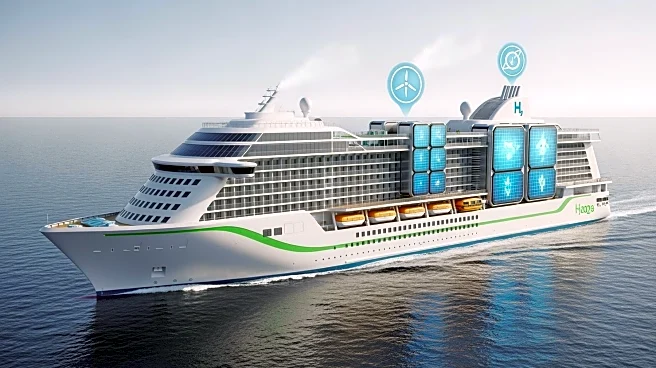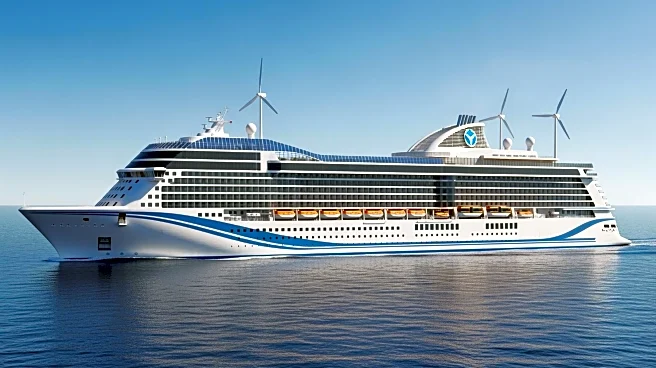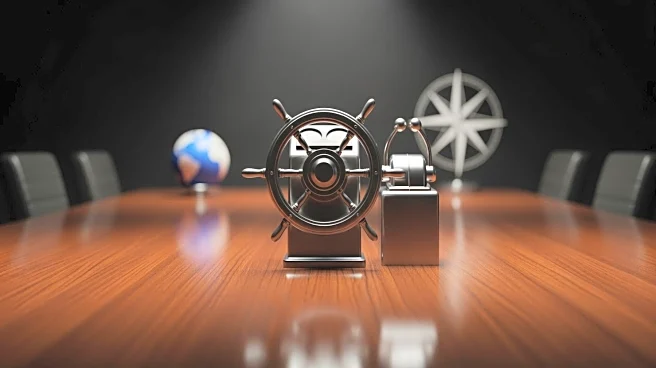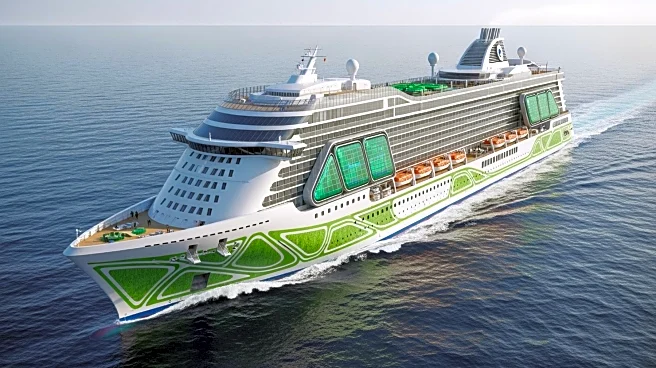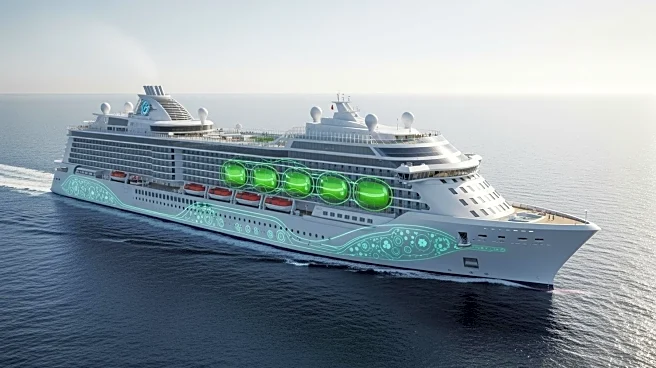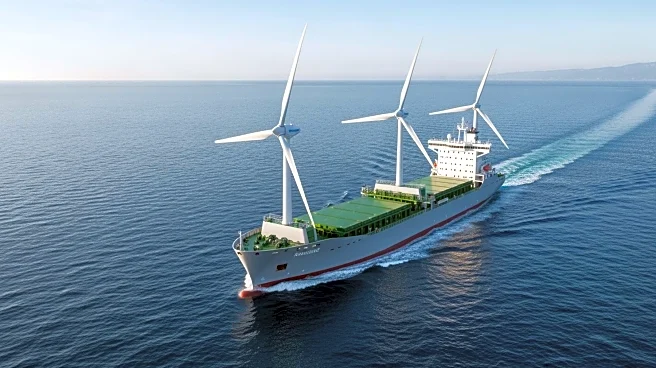What's Happening?
GTT and Bloom Energy have partnered with Ponant Explorations Group to develop the first net-zero cruise ship, integrating fuel cells and marine carbon capture technology. The Swap2Zero project aims to create
a transoceanic vessel that achieves carbon neutrality by utilizing wind energy, photovoltaic panels, and hydrogen fuel cells. The ship, designed by LMG Marin and Stirling Design, will feature an optimized hull and advanced energy systems to reduce greenhouse gas emissions by over 80%. The initiative is supported by a €40 million grant from the EU, highlighting the maritime industry's commitment to decarbonization.
Why It's Important?
The development of a net-zero cruise ship represents a significant step forward in the maritime industry's efforts to reduce its environmental impact. By integrating innovative technologies like fuel cells and carbon capture, the project sets a precedent for sustainable shipping practices. This could lead to broader adoption of similar technologies across the industry, driving progress towards global emissions reduction targets. The collaboration also underscores the importance of partnerships between technology providers and maritime companies in achieving sustainability goals.
What's Next?
Ponant aims to have the net-zero cruise ship operational by 2030, with ongoing development and testing of the integrated energy systems. The project may inspire other maritime companies to explore similar initiatives, potentially leading to increased investment in sustainable shipping technologies. Regulatory bodies could also play a role in promoting the adoption of low-carbon solutions, influencing industry standards and practices. As the project progresses, stakeholders will likely focus on optimizing the efficiency and scalability of the technologies involved.
Beyond the Headlines
The project highlights the ethical and environmental responsibilities of the maritime industry in addressing climate change. It may also prompt discussions about the economic implications of transitioning to sustainable shipping practices, including potential impacts on costs and competitiveness. As the industry moves towards decarbonization, there could be long-term shifts in how ships are designed and operated, with a greater emphasis on minimizing environmental impact.
